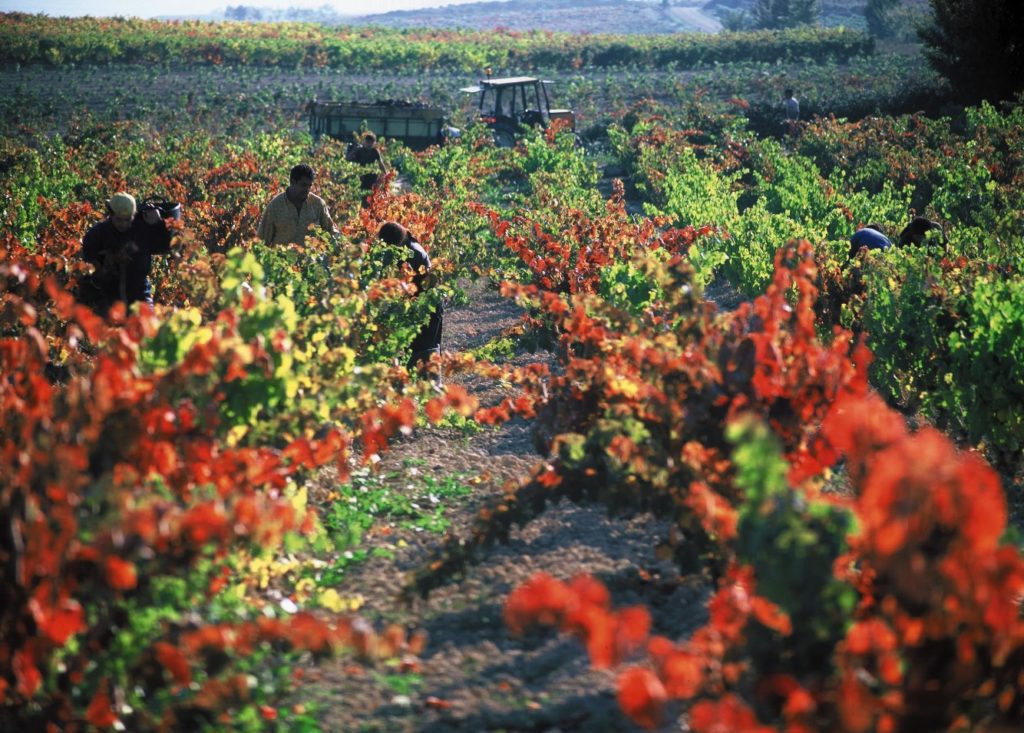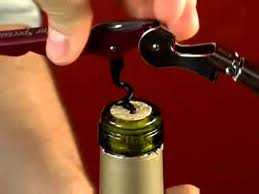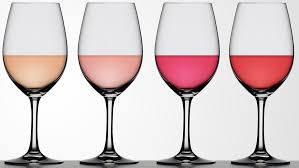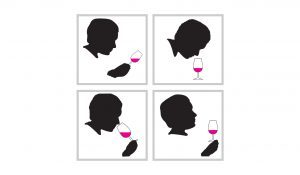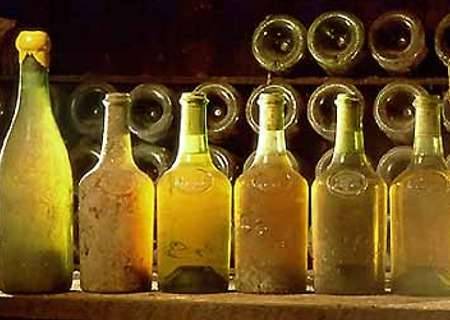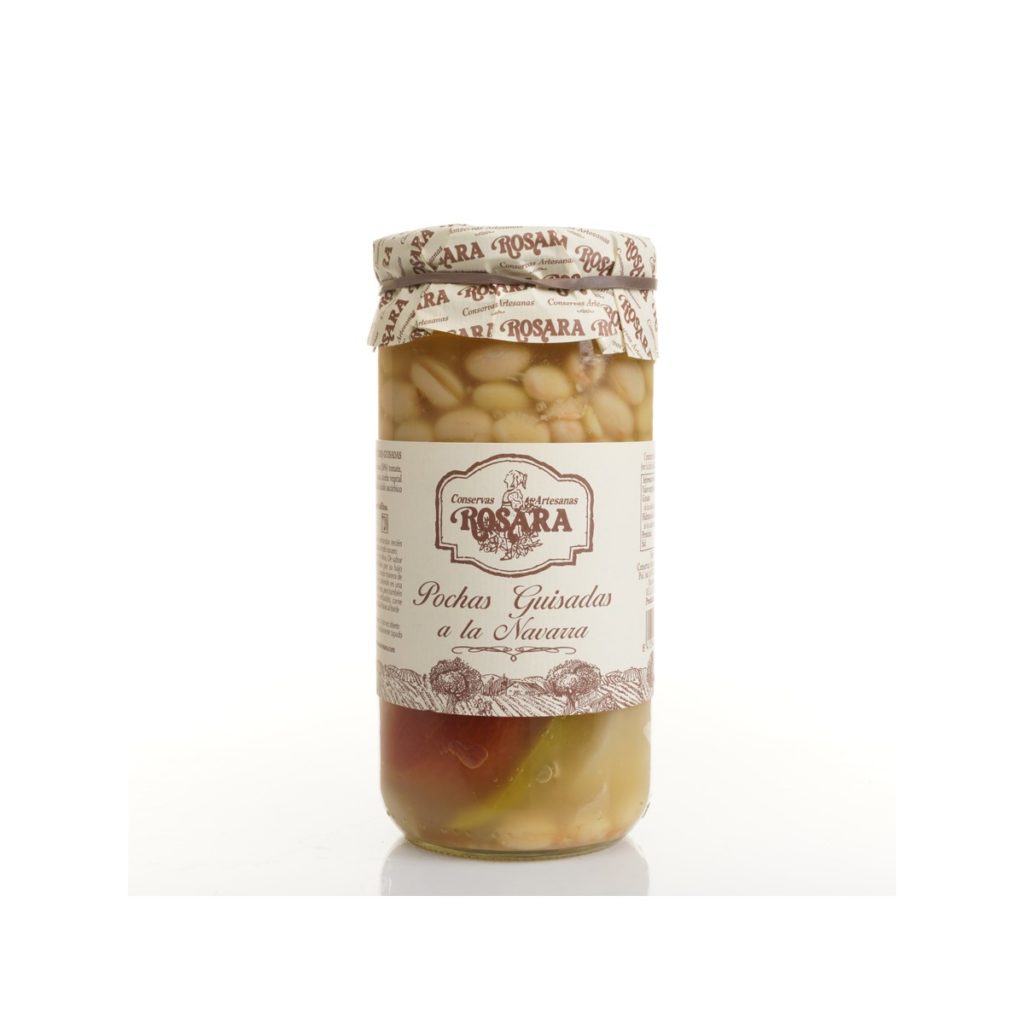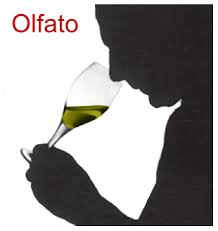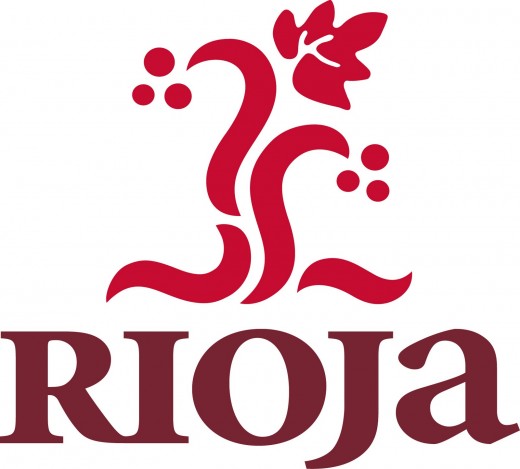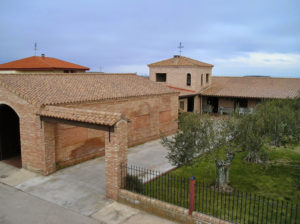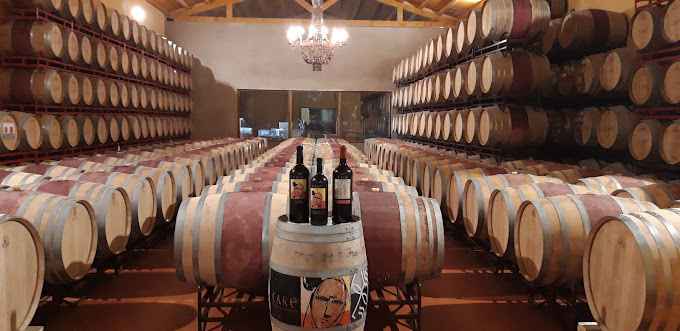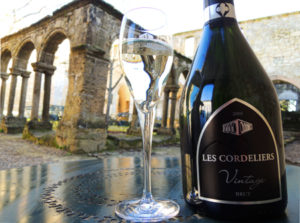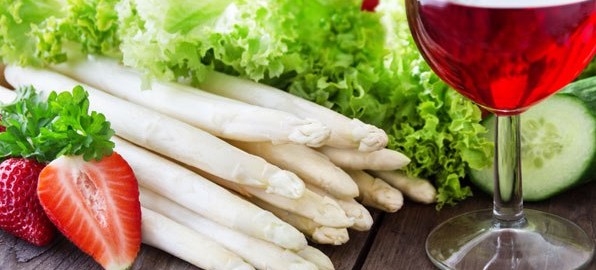Emerging trends in the wine industry. Innovation and tradition merge today in the wine industry. The wine industry, rooted in rich history and tradition, is experiencing an exciting renaissance driven by a number of emerging trends.
These trends are reshaping the wine landscape, from production to consumption. Both red and white wines are shaping the future of wine in innovative and exciting ways. In this article, we will explore some of the most notable trends that are defining the wine industry today.
